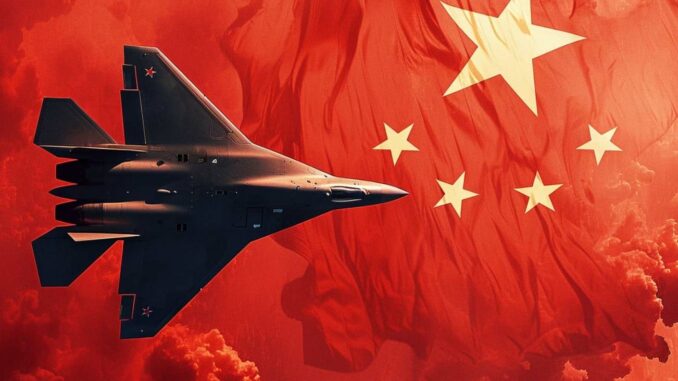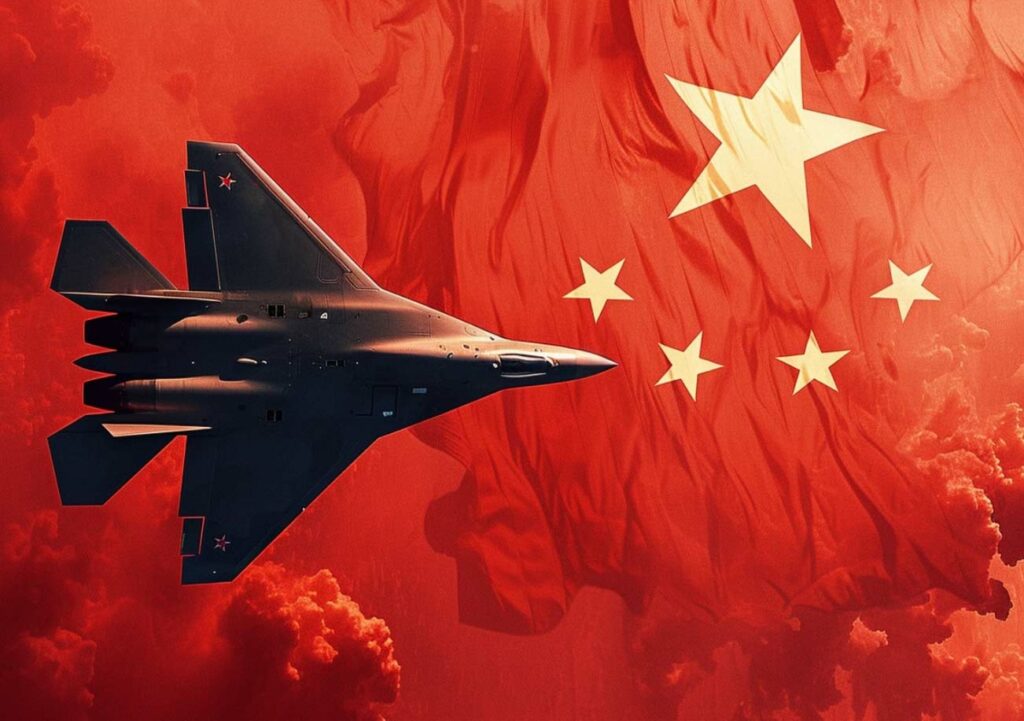
Modernization of the Chinese army with AI for crisis responsiveness. Xi Jinping reinforces control.
The recent reform of the Chinese army marks a significant advance in national military strategy, integrating cutting-edge technologies and consolidating power within the leadership. This article explores the details of this transformation, highlighting the structures affected, the technologies involved, and the political and strategic implications of these changes.
Military Reorganization and AI Integration
China has launched a new wave of military reforms, underlining a transition to technological modernization with a particular focus on artificial intelligence (AI). These reforms include the creation of an information warfare task force designed to harness AI to improve the army’s responsiveness in crisis or conflict situations. The aim is to enable rapid and effective decision-making, essential in the modern theater of military operations where information must flow quickly and accurately.
Military branches and their roles
The Chinese army is made up of four main branches: the army, navy, air force and strategic missile forces, including missile submarines. Each of these branches plays a crucial role in the defense and projection of Chinese military power, but they are now interconnected through advanced information networks and space surveillance and management systems.

Strategic Support Force (SSF)
Created in 2015, the SSF is a key component of this reform, managing space operations, cyberspace and electronic warfare. The SSF is now directly under the control of Xi Jinping and the Central Committee, signifying greater centralization of power and an enhanced ability to coordinate complex operations involving unconventional aspects of warfare such as cyber and space. This structure also aims to improve defenses against electronic attacks, an area of increasing relevance in modern warfare.
Logistics Support Force
Logistical support is vital to the maintenance and effectiveness of military operations. The reorganization has set up a force dedicated to the supply of equipment, fuel, ammunition and spare parts. This initiative aims to correct previous shortcomings where systems fell into disuse or were inefficient due to corruption and poor maintenance.
Benefits of the reforms
The reforms undertaken have several advantages, including better integration of advanced technologies and increased responsiveness in times of crisis. The centralization of power under Xi Jinping could also lead to greater uniformity and discipline within the armed forces, reducing the risks of corruption and inefficiency.
Disadvantages and challenges
However, these reforms are not without their challenges. The centralization of power could lead to less flexible, slower decision-making when it comes to adapting quickly to unexpected situations. Moreover, history shows that military reforms in China have often been short-lived or incompletely implemented.
Long-term consequences
In the long term, these reforms could radically transform the operational efficiency of China’s military, but they could also introduce increased surveillance and restricted freedoms within the military apparatus. Increased reliance on technology, especially AI, also raises ethical and security issues, particularly in relation to autonomous weapons control and cyber warfare.
China’s recent military reforms reflect an adaptation to the demands of modern conflict and a consolidation of internal power. However, the impact of these changes on regional stability and global security remains to be seen. Their success will depend on their effective implementation and acceptance at both national and international level.
War Wings Daily is an independant magazine.